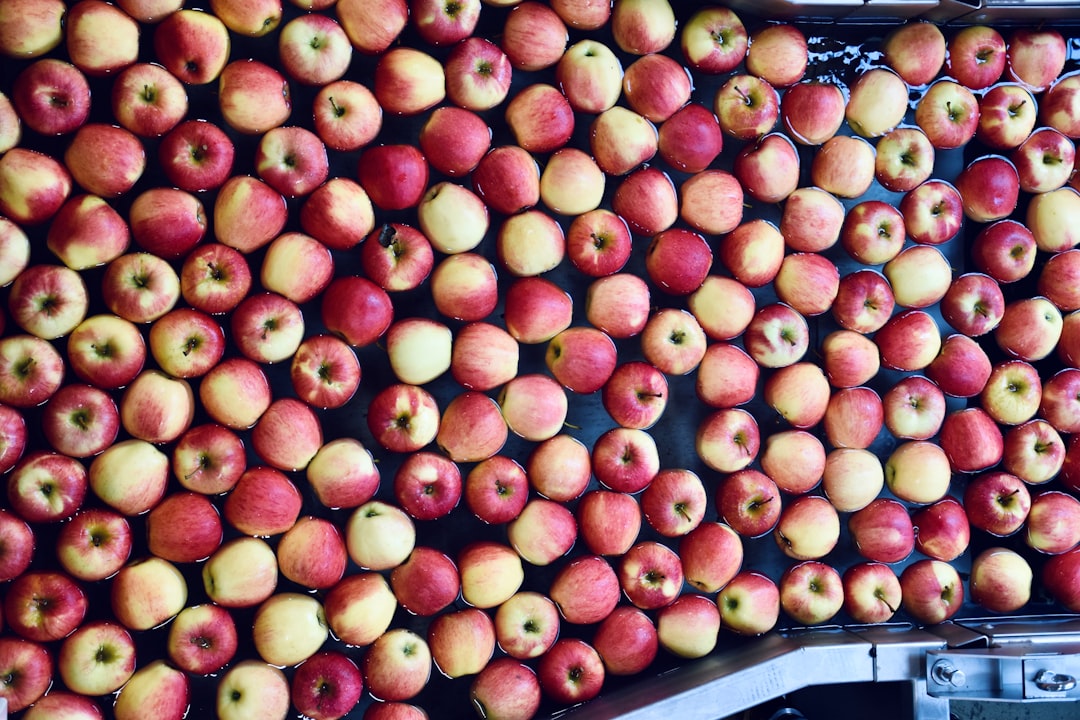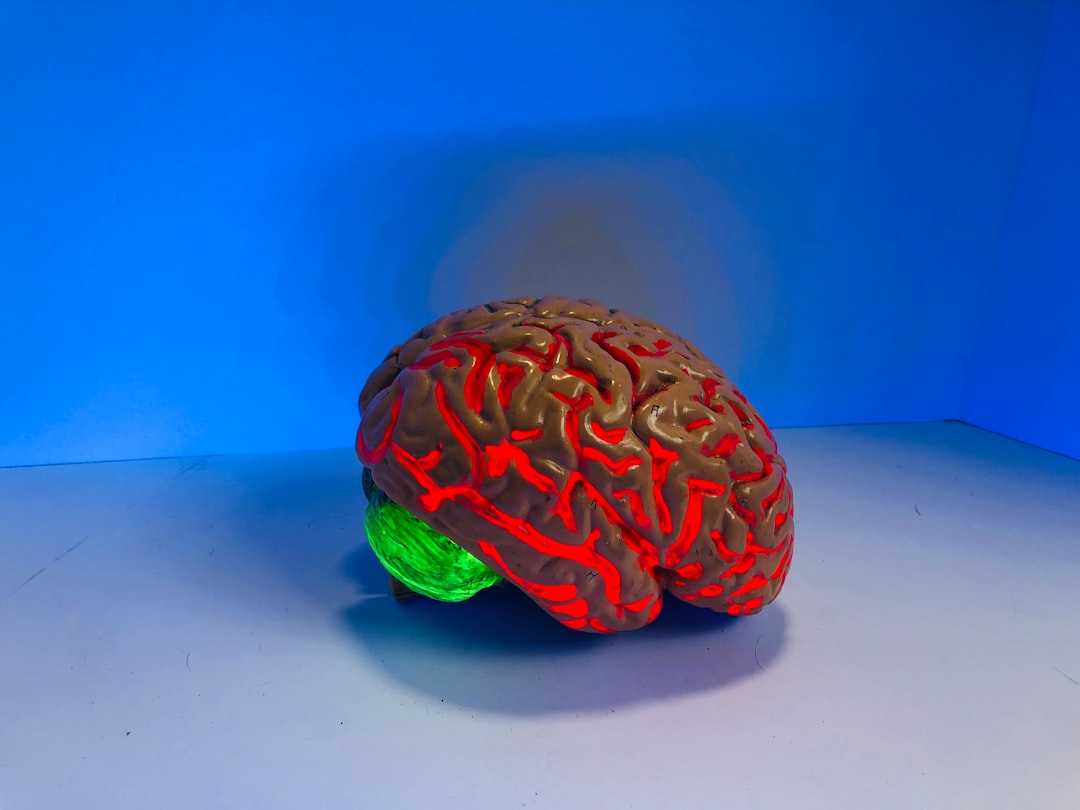What is it about?
Seadragons are fishes widely recognized for their flashy traits, which include leaf-like appendages, very long snouts, and extreme spinal curvature. In this paper we present sequenced genomes of both leafy and weedy seadragon species, which we use to uncover surprising features of their DNA, including modifications to both important developmental genes and repetitive regions.
Featured Image

Photo by Dina Abdel Wahab on Unsplash
Why is it important?
Efforts to understand the genetic reasons for seadragons' unique appearance, as well as conserve these species and their relatives, are aided by information about their genomes. Our work shows that the unique structure of seadragon genomes may have facilitated loss and duplication of groups of genes that are important for attributes of body shape in vertebrates. The genomes and our analysis of their sequences help advance the study of how elaborate animal traits, like the extravagant forms of seadragons and their pipefish and seahorse relatives, evolve in nature.
Perspectives
This was a "long haul" project, borne of a passionate curiosity among the co-authors about the phenotypic uniqueness of seadragons. Some of us have held a long-standing interest in the spectacle of syngnathid fishes (pipefishes, seahorses, and seadragons), and wanted to put our expertise in comparative genomics to work on what makes these animals genetically unique. This work would have been impossible without the generous help of two public aquaria in the U.S.: The Birch Aquarium at Scripps in San Diego, CA, and the Tennessee Aquarium in Chattanooga, TN. We still have a long way to go in understanding the genetics of novel traits, but this study provides an incremental glint along that winding path.
Clayton Small
University of Oregon
Read the Original
This page is a summary of: Leafy and weedy seadragon genomes connect genic and repetitive DNA features to the extravagant biology of syngnathid fishes, Proceedings of the National Academy of Sciences, June 2022, Proceedings of the National Academy of Sciences,
DOI: 10.1073/pnas.2119602119.
You can read the full text:
Contributors
The following have contributed to this page










